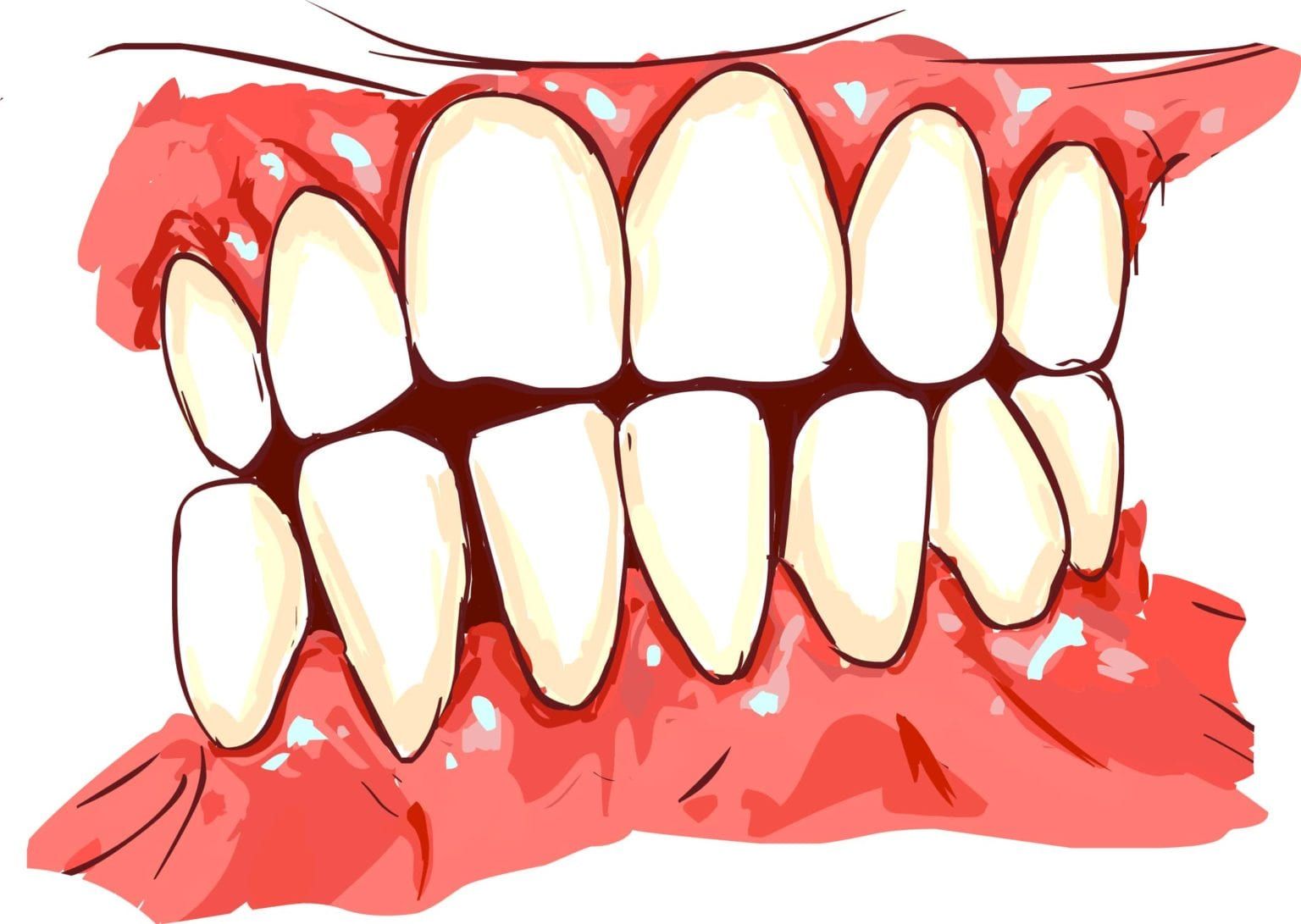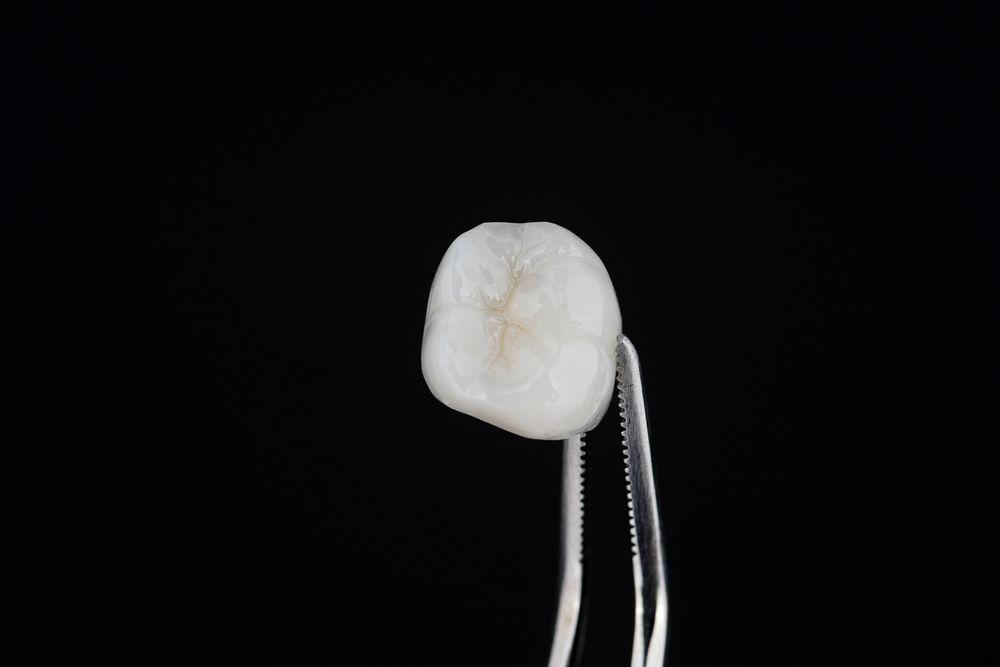Gum disease, also known as periodontal disease, is a prevalent condition that affects many individuals worldwide. It’s crucial to have a comprehensive understanding of what gum disease is, its various types, symptoms, causes, and the effective measures for prevention and treatment. This knowledge can help maintain not only oral health but also overall health.
What is Gum Disease?
Gum disease is an inflammatory condition that affects the gums and the surrounding tissues of the teeth. It begins with bacteria in the mouth that forms plaque on the teeth. When plaque is not removed, it can harden into tartar, leading to inflammation and infection of the gums. If left untreated, gum disease can result in significant damage to the soft tissue and bone that support the teeth, potentially leading to tooth loss. There are different types of gum disease, including:
- Gingivitis: This is the mildest form of gum disease, characterized by redness, swelling, and bleeding of the gums. It is usually reversible with good oral hygiene and professional dental care.
- Periodontitis: When gingivitis is not treated, it can advance to periodontitis, a more severe form of gum disease. This stage involves the gums pulling away from the teeth, forming pockets that become infected. Over time, these infections can break down the bone and connective tissue that hold teeth in place.
- Advanced Periodontitis: In this final stage, the fibers and bone supporting your teeth are destroyed, which can cause your teeth to shift or loosen. This can severely impact your bite and might require complex treatments, including surgery.
Symptoms of Gum Disease

- Bleeding gums during and after tooth brushing
- Red, swollen, or tender gums
- Persistent bad breath or bad taste in the mouth
- Receding gums, making the teeth appear longer than normal
- Formation of deep pockets between teeth and gums
- Loose or shifting teeth
Causes of Gum Disease
- Poor Oral Hygiene: Not brushing and flossing regularly allows plaque to build up and harden, leading to gum disease.
- Tobacco Use: Smoking or chewing tobacco significantly increases the risk of gum disease.
- Genetic Predisposition: Some people are genetically more prone to gum disease.
- Certain Medications: Some drugs, such as antidepressants and certain heart medicines, can affect oral health because they lessen saliva flow, which has a protective effect on teeth and gums.
- Chronic Conditions: Conditions such as diabetes, cancer, and HIV impair the immune system and can affect the health of gums.
- Hormonal Changes: Changes during pregnancy, puberty, menopause, and monthly menstruation can make gums more sensitive and susceptible to gingivitis.
Prevention and Treatment
Prevention
- Maintain Good Oral Hygiene: Brush your teeth at least twice a day, floss daily, and use an antibacterial mouthwash.
- Regular Dental Visits: Schedule regular dental checkups and cleanings.
- Quit Smoking: Smoking is strongly associated with the development of gum disease, so quitting can significantly reduce risk.
- Eat a Balanced Diet: Nutritious food supports gum health.
Treatment
- Professional Cleaning: Regular cleanings by your dentist can remove plaque and tartar that brushing and flossing might miss.
- Scaling and Root Planing: This deep cleaning technique removes tartar from above and below the gum line and smooths out rough spots on tooth roots.
- Medication: Antibiotics and antimicrobial mouthwashes can be prescribed to reduce bacterial infection.
- Surgery: Advanced cases may require surgical interventions, such as flap surgery or bone and tissue grafts.
Conclusion
Understanding gum disease is essential for prevention and effective management. By recognizing the symptoms early and adopting thorough oral hygiene practices, you can significantly reduce your risk of developing severe gum disease and maintain a healthy, vibrant smile.






